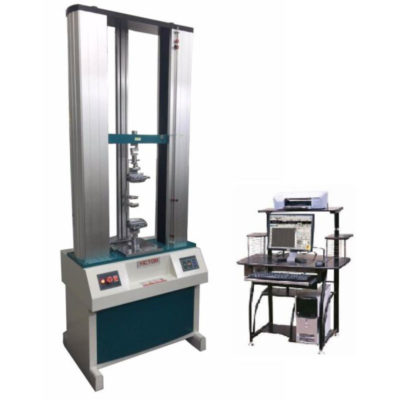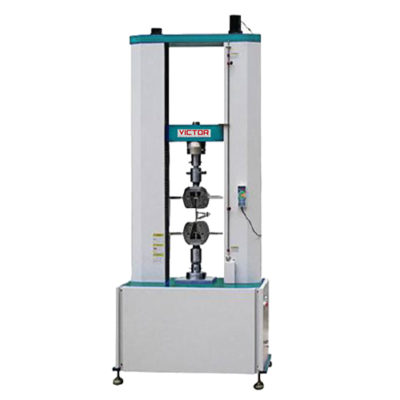International Organization for standardization (ISO) is an independent, non-governmental, international organization that develops standards to ensure the quality, safety, and efficiency of products, services, and systems.
The purpose of the ISO 15490 is to designed to make products and services better and to make companies, governments and other organizations more efficient. Some of ISO standards are designed for specific industries, like the food industry, or designed to help improve the environment.
ISO 15490 Test Standard
Description For 15490
ISO 15490 is an international test standard design for determining the tensile strength under uniaxial loading of monolithic advanced ceramics at room temperature (ambient temperatures).
Ceramics have a very high elastic modulus that can maintain consistent performance at high temperatures. Due to that, it has a high resistance to wear and corrosion.
Nowadays, ISO standards are highly preferred by both corporate or government bodies. In Malaysia, most industries use the ISO 15490 standard in their companies.
Generally, ISO 15490 test standard measures the strength and deformation of materials under uniaxial tensile stresses. This information may be helpful in comparisons of materials, for quality control, to support the structural design and acceptance testing for commercial shipments.
More : https://www.iso.org/standard/43927.html
Extensometers For ISO 15490
This test does not require an extensometer because the purpose of this test is not to measure the displacement of elongation. The purpose of this test is more to find the tensile strength of the material.
Type of UTM machine For ISO 15490
We recommend to use UTM machines with a capacity of 5kN-100kN, it depends on the strength of the materials. We also recommend using a dual-column floor type machine.
1. VEW 2308

The machine is design by mechanical-electrical integration, the composition of the force-measuring Sensor, transmitter, microprocessor, mechanism of load drive, computer and color inkjet printer. The high-precision electronic motor can be set to five-speed, the components are connected by plug-way.
It can be tested with all the materials in a stretch, compression, bending, shear, embedded relay, Peeling. tearing, crack, etc, such as rubber, plastics, leather, metal, nylon wire, fabric, paper, aerospace, packaging, construction, petrochemical, electrical, vehicle, etc.
The implementation of standards and standard configuration:
- GB/T4689.20-1996 Measuring fastness of leather’s adhesion
- QB/T2710-2005 Measuring leather’s expansion and the rate of elongation
- QB/T2711-2005 measuring tear force of leather
- QB/T2712-2005 measuring leather’s strength and stretch of spherical crack test
2. VEW 2302

VEW 2302 Computer Servo Type Universal Testing Machine is a new material testing machine that combined with the electronic technology and mechanical transmission, it has accurate load speed, range of force measurement, has high accuracy and sensitivity for the load, displacement measurement and control, it also can be tested the constant-velocity loading, constant- velocity displacement. .
Main Function:
1.Mainly applied to test the metallic and non-metallic materials in tension, compression, bending, shear, peel, tear or two-points extensions and others.
2.Can be use for materials such as rubber, plastic, wire and cable, optical fiber and cable, safe belt, leather belt composite materials, plastic profiles, waterproof membrane, steel, copper, profiles, spring steel, bearing steel, stainless steel (as well as other high-hardness steel), castings, plate, strip, non-ferrous metal wire.
Test Procedure For ISO 15490
- Prepare the specimens as described in the method.
- Place the specimen into grips.
- Clamp specimen at the top of the grip first then carefully clamp the sample into the bottom grip
- Zero all the testing machine before starting the test
- Begin the test by Click start button on the software
- End the test after sample break (rupture)
